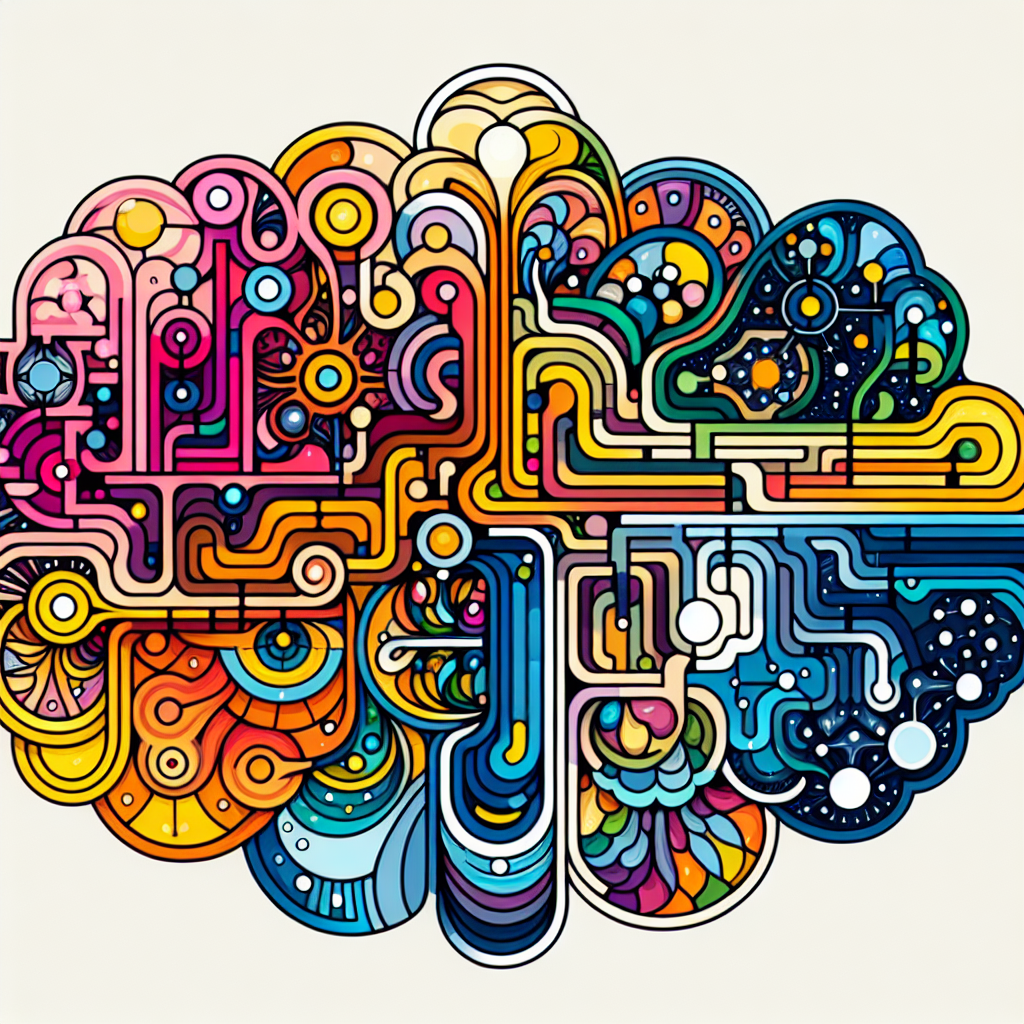Your cart is currently empty!
Unpacking the 16 Circuits of Timothy Leary’s Eight-Circuit Model of Consciousness

Timothy Leary, the infamous psychologist and countercultural icon, is perhaps best known for his work with psychedelics in the 1960s and his advocacy for the expansion of consciousness. One of his most enduring contributions to the field of psychology is his Eight-Circuit Model of Consciousness, which posits that human consciousness can be understood as a series of eight interconnected circuits, each serving a specific function in the evolution of the mind.
Leary’s model is based on the idea that human consciousness is not static, but rather evolves and adapts over time. The model is divided into two sets of four circuits, with the first four circuits corresponding to the individual’s relationship with the external world, and the second four circuits focusing on the individual’s internal experience and sense of self.
The first circuit, according to Leary, is the bio-survival circuit, which is concerned with basic survival instincts and the maintenance of the physical body. This circuit is activated in infancy and childhood and is responsible for regulating essential functions such as breathing, eating, and sleeping.
The second circuit is the emotional-territorial circuit, which governs social interactions, relationships, and the establishment of personal boundaries. This circuit is activated in adolescence and is responsible for developing a sense of identity and belonging within a social group.
The third circuit is the semantic circuit, which is concerned with language, symbol systems, and abstract thought. This circuit is activated in adulthood and is responsible for the development of conceptual thinking and the ability to communicate complex ideas.
The fourth circuit is the socio-sexual circuit, which governs sexual behavior, reproduction, and the formation of intimate relationships. This circuit is activated in adulthood and is responsible for the development of emotional intimacy and social bonds.
The second set of four circuits deals with the individual’s internal experience and sense of self. The fifth circuit, according to Leary, is the neurosomatic circuit, which is concerned with altered states of consciousness, mystical experiences, and spiritual awakening. This circuit is activated through practices such as meditation, yoga, and psychedelic drugs.
The sixth circuit is the neuroelectric circuit, which is concerned with psychic abilities, telepathy, and other forms of extrasensory perception. This circuit is activated through practices such as meditation, hypnosis, and lucid dreaming.
The seventh circuit is the neurogenetic circuit, which is concerned with genetic memory, evolutionary impulses, and the collective unconscious. This circuit is activated through practices such as shamanic rituals, ancestral healing, and past-life regression.
The eighth circuit is the neuro-atomic circuit, which is concerned with the transcendence of individual identity and the dissolution of the ego. This circuit is activated through practices such as deep meditation, near-death experiences, and out-of-body experiences.
While Leary’s Eight-Circuit Model of Consciousness has been met with skepticism and criticism from mainstream psychology, it continues to be a provocative and influential framework for understanding the complexity of human consciousness. By unpacking the 16 circuits of Leary’s model, we can gain a deeper understanding of the evolution of the mind and the potential for transcending our limited sense of self.

Leave a Reply